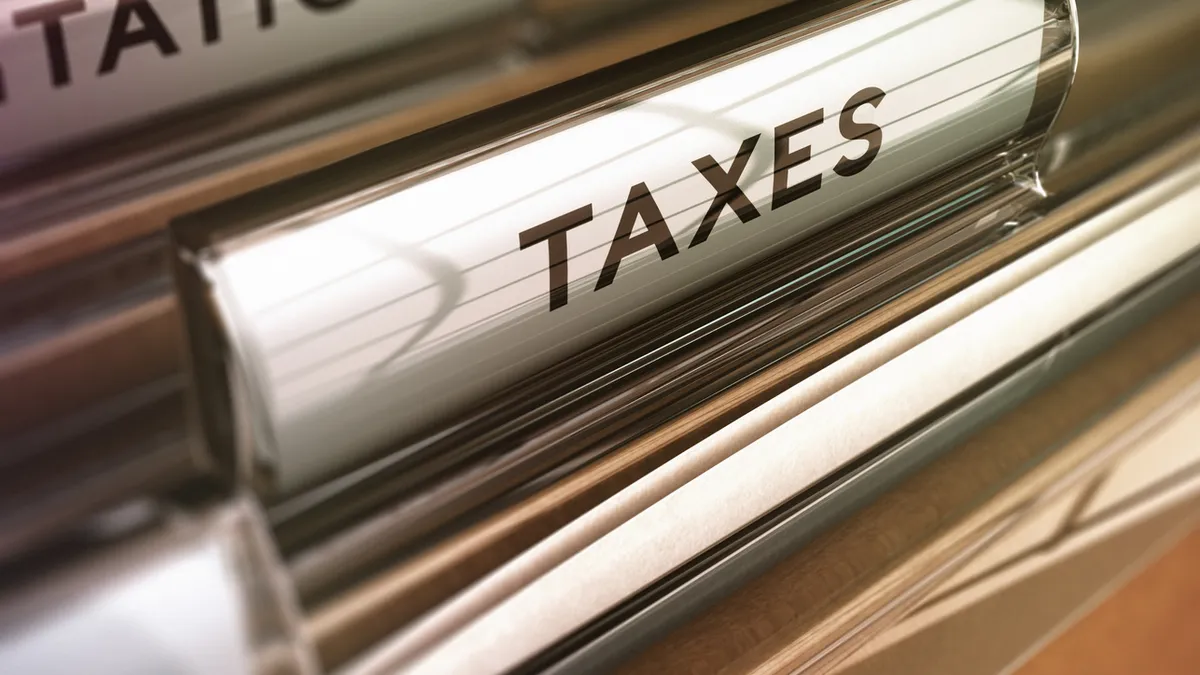Editor's note: The following is a guest post from Cole Marr, research and development director at California accounting firm Sensiba San Filippo.
Staying ahead of the competition, especially in the era of COVID-19, is a challenging and often expensive task for U.S. contractors. While many economic incentives are targeted at a particular industry or even a specific company, there is a tax credit available to innovative companies to help level the playing field and incentivize business growth.
The federal research and development tax credit is a complicated intersection of congressional intent, IRS regulations and tax court rulings. The process, while complex, can be navigated efficiently and effectively to help ensure the competitiveness of a construction company. As a general business credit of between 6% and 12% of qualifying expenditures, the R&D credit can provide valuable cash savings enabling reinvestment and growth.
Unfortunately, many construction companies are performing R&D that qualifies for a credit in the eyes of the IRS but don’t realize it, due a lack of awareness and common misconceptions. This article will shed light on the R&D credit, specifically in the context of the construction industry, in order to help assess whether you may qualify to claim this highly beneficial credit.
Qualifications
The R&D tax credit is designed to keep top talent and innovation thriving in the United States. The credit is an incentive that rewards companies that continue to innovate and pursue new challenges. There is no requirement that a company’s R&D efforts be revolutionary. Projects and initiatives that are evolutionary, or incremental to a business, can also qualify. In addition to the federal R&D credit, many states offer similar R&D tax credit incentives that typically follow the federal guidelines.
In order to qualify, a company must look at its activities on an individual project level and determine if a given project meets what is called the “four-part test.” The four-part test consists of four separate qualifiers that the project must meet in order to qualify for the R&D credit. They are:
-
Permitted purpose: The activity must be intended to develop or improve the functionality, performance, reliability or quality of a business component (product, process, technique, formula, invention or software).
-
Elimination of uncertainty: The activity must be intended to discover information to eliminate technical uncertainty concerning the capability or method for developing or improving a product or process, or the appropriateness of the business components' design.
-
Technical in nature: The activity must be one of the “hard sciences” to qualify, which in the case of construction, almost exclusively means engineering.
-
Process of experimentation: Substantially all of the activities must be elements of a process of experimentation. These must involve the evaluation of one or more alternatives to achieve the desired result.
When activities are determined to meet the above four criteria, the associated expenses for that project can be quantified and used to generate the R&D tax credit. Qualified research expenses consist of three basic expense categories: wages, supplies and contract research. If these expenses can be traced directly back to the activity in question, they can be considered a qualified research expense.
Additionally, there are several exclusions you must keep in mind when considering which activities qualify. Examples of activities that do not qualify include:
-
Efforts that would be considered “routine” engineering.
-
Research to improve style, taste, cosmetic or seasonal design factors.
-
Efficiency, management or consumer surveys.
-
Research in the social sciences, arts or humanities.
-
Research conducted outside the United States.
-
Projects funded by another entity.
Construction implications
By this point, you may be saying “I’m still not sure what meets this four-part test and how this applies to the construction industry!” That is a reasonable reaction. The rules are not worded to directly identify specific activities, let alone construction activities, that qualify. However, there are a number of possible activities in the construction industry that can be considered. These include:
-
Developing prototypes and modeling.
-
Development of new, improved or more reliable products, processes or techniques.
-
Design improvements for LEED or energy-efficient projects.
-
Development of a unique assembly or construction methods and processes.
-
Experimentation with new building materials.
-
Complex systems integration design.
-
Developing or improving construction equipment.
-
Any project that requires an extra level of testing or certification upon completion.
The above activities are meant as simplified examples to help construction companies identify if they may be performing activities that qualify for the R&D credit. The process of analyzing projects and the associated activities that may qualify for the R&D tax credit is a difficult task but can be navigated efficiently and effectively with guidance from a tax expert.
With proper analysis and planning,the R&D credit can become a powerful tool to enable a business to remain competitive and continue to thrive.
If you are interested in having your voice heard on Construction Dive's Opinion page, please read our editorial guidelines and fill out the submission form here.












